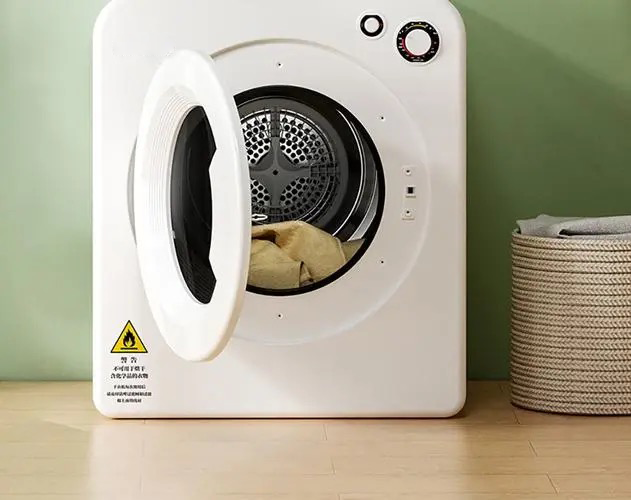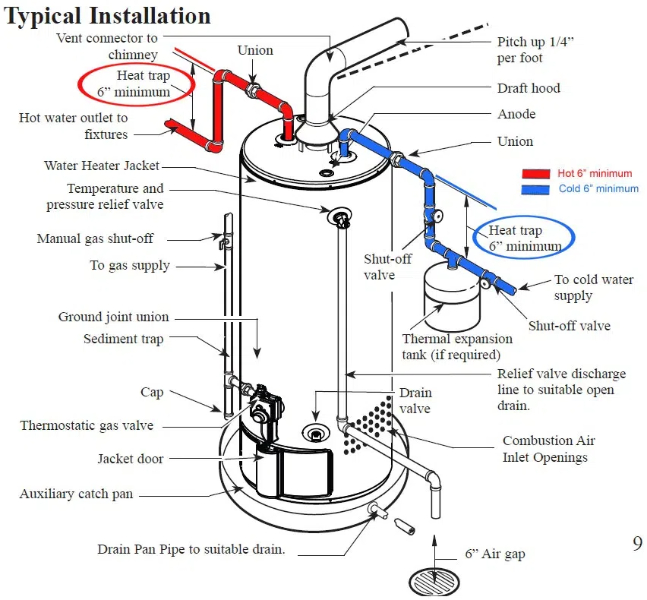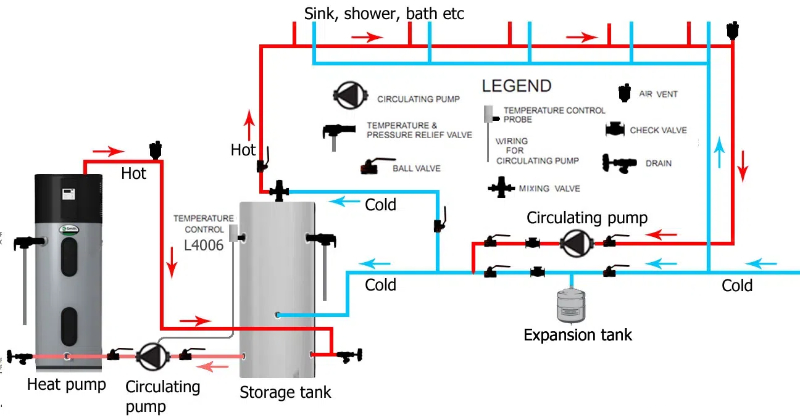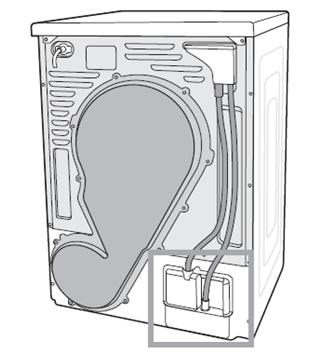
Content Menu
● Introduction
● Understanding Heat Pump Dryer Technology
● Drainage Options for Heat Pump Dryers
● Installation Requirements
>> Space Requirements
>> Drainage Setup Options
● Benefits of Direct Drainage Connection
● Installation Process
>> Step-by-Step Guide:
● Maintenance Considerations
● Professional Installation vs. DIY
● Troubleshooting Common Issues
● Environmental Impact
● Conclusion
● Frequently Asked Questions
>> Q1: How often do I need to empty the water tank if I don't use a drain hose?
>> Q2: Can I install a heat pump dryer anywhere in my home?
>> Q3: What is the maximum drain hose length recommended?
>> Q4: Do heat pump dryers require special electrical installations?
>> Q5: How much water does a heat pump dryer typically produce?
Introduction
Heat pump dryers represent the latest innovation in laundry technology, offering superior energy efficiency and gentle fabric care. One of the most common questions potential buyers ask is about their drainage requirements. This comprehensive guide will explore everything you need to know about heat pump dryer drainage systems and installation requirements.
Understanding Heat Pump Dryer Technology
Heat pump dryers work differently from conventional dryers. Instead of venting hot, humid air outside, they use a closed-loop system that continuously recycles air through the drying process. This system extracts moisture from clothes and converts it into water, which needs to be removed from the machine.
Drainage Options for Heat Pump Dryers
There are two primary methods for managing the water produced by heat pump dryers:
1. Built-in Water Tank
Most heat pump dryers come with an integrated water collection tank. This container needs to be emptied manually after every few drying cycles, depending on the load size and moisture content of the clothes.
2. Direct Drain Connection
Many models offer the option to connect a drain hose, allowing for automatic water drainage into your home's plumbing system. This setup eliminates the need for manual emptying of the water tank.

Installation Requirements
Space Requirements
- Minimum room size of 3m²
- Level flooring
- Adequate ventilation
- Temperature range of 15-25°C
- Proper clearance around the unit
Drainage Setup Options
- Standpipe connection
- Sink drainage
- Floor drain
- Dedicated condensate pump (if needed)
Benefits of Direct Drainage Connection
Installing a direct drainage system offers several advantages:
- Convenience of automatic water removal
- No need to monitor water tank levels
- Continuous operation without interruption
- Reduced maintenance requirements
- Prevention of potential overflow issues
Installation Process
Step-by-Step Guide:
1. Choose an appropriate location
2. Ensure proper leveling
3. Connect the drain hose
4. Secure all connections
5. Test the system
6. Monitor initial operation

Maintenance Considerations
Regular maintenance is essential for optimal performance:
- Clean filters after each use
- Check drain hose for blockages
- Inspect water tank seals
- Clean condenser unit regularly
- Monitor drainage system efficiency
Professional Installation vs. DIY
Consider these factors when deciding on installation:
- Technical expertise required
- Warranty implications
- Local building codes
- Plumbing accessibility
- Cost considerations
Troubleshooting Common Issues
Be prepared to address these potential challenges:
- Slow drainage
- Hose blockages
- Incorrect installation
- Water tank issues
- Condensation buildup
Environmental Impact
Heat pump dryers with proper drainage systems offer significant environmental benefits:
- Reduced energy consumption
- Water conservation possibilities
- Lower carbon footprint
- Sustainable operation
- Enhanced efficiency
Conclusion
While a heat pump dryer doesn't absolutely require a drain connection to function, having one installed can significantly improve convenience and efficiency. Whether you choose to use the built-in water tank or opt for direct drainage, understanding your options and requirements will help you make the most of your appliance investment.

Frequently Asked Questions
Q1: How often do I need to empty the water tank if I don't use a drain hose?
A: Without a drain hose connection, you typically need to empty the water tank every 2-3 drying cycles, depending on the load size and moisture content of your laundry.
Q2: Can I install a heat pump dryer anywhere in my home?
A: While heat pump dryers are more flexible in terms of installation locations compared to vented dryers, they still require adequate space, ventilation, and either access to a drain or regular water tank emptying.
Q3: What is the maximum drain hose length recommended?
A: Most manufacturers recommend a maximum drain hose length of 1-2 meters to ensure proper water flow and prevent backup issues.
Q4: Do heat pump dryers require special electrical installations?
A: Most heat pump dryers operate on standard household electrical systems, but it's important to verify voltage requirements and ensure proper grounding.
Q5: How much water does a heat pump dryer typically produce?
A: A typical heat pump dryer can produce between 1-2 liters of water per full load of wet laundry, depending on the moisture content of the clothes.












